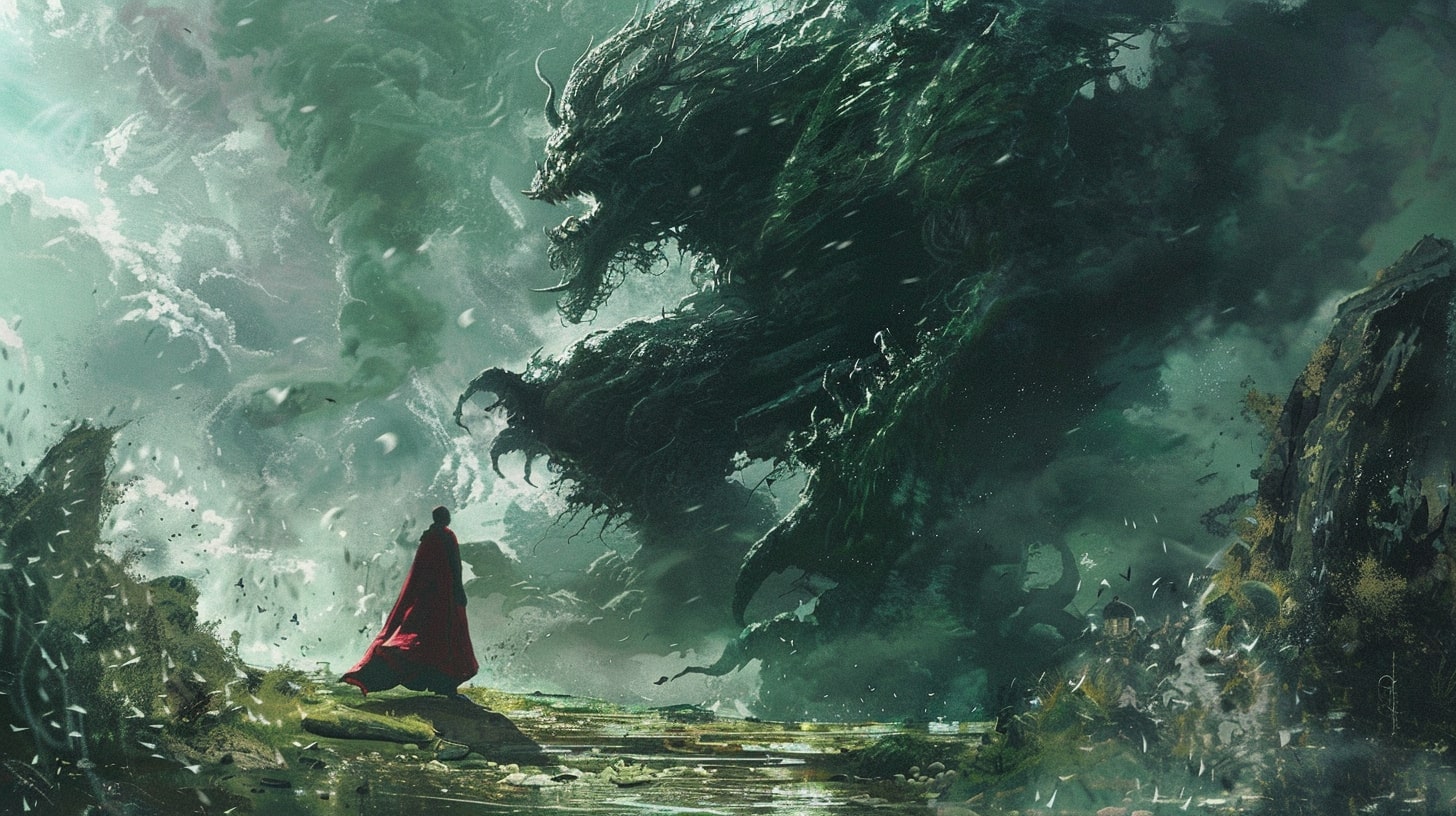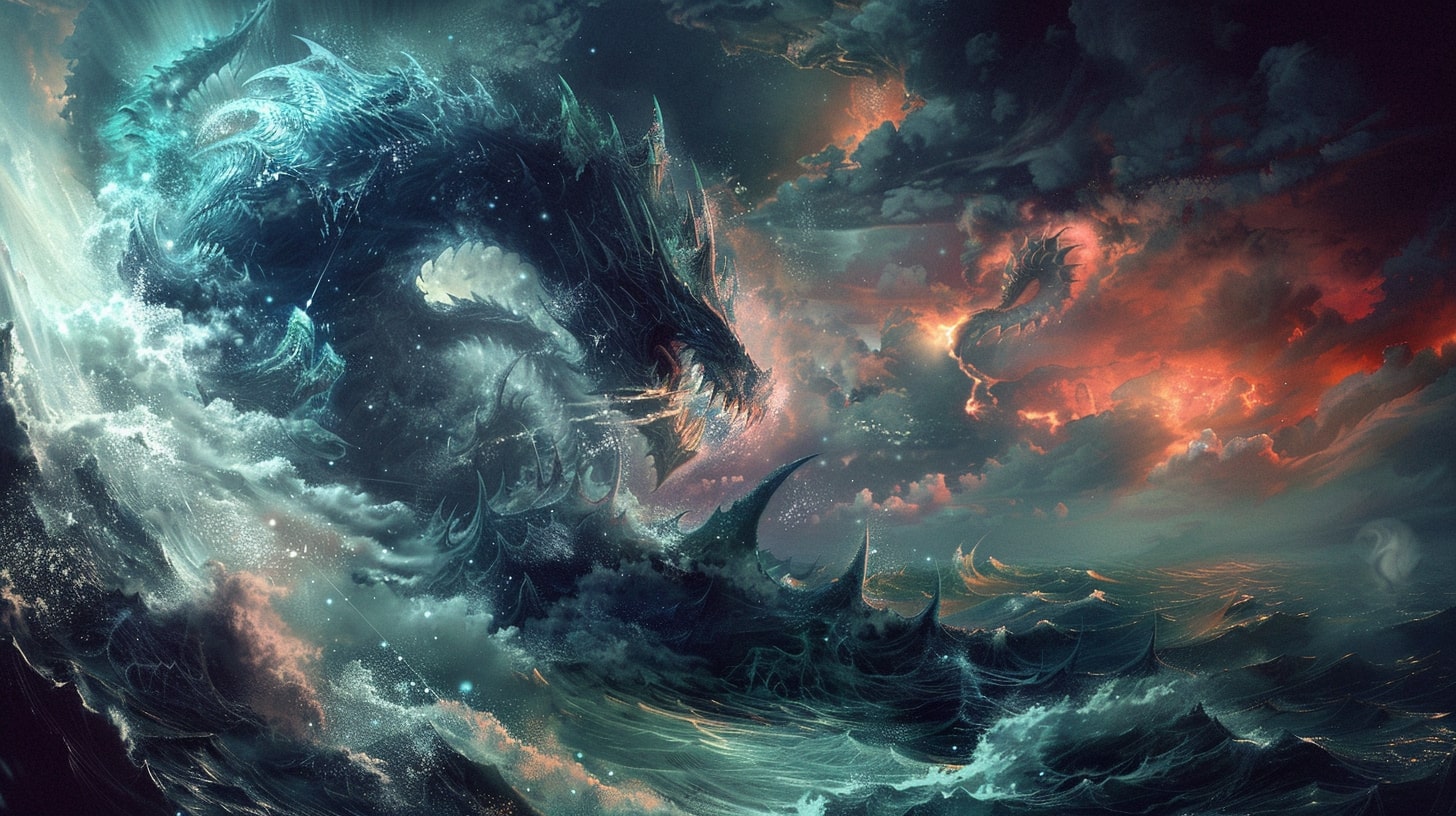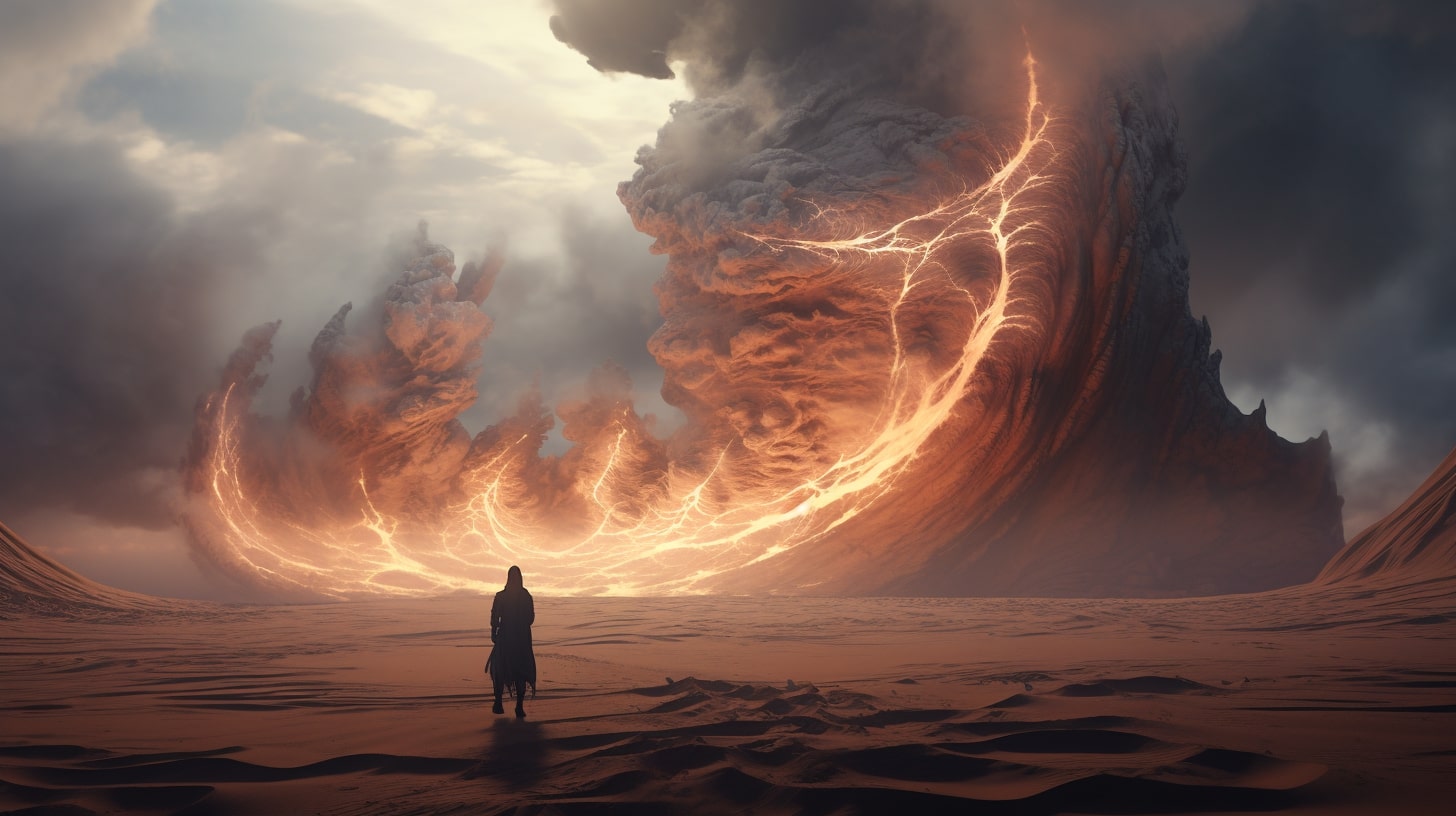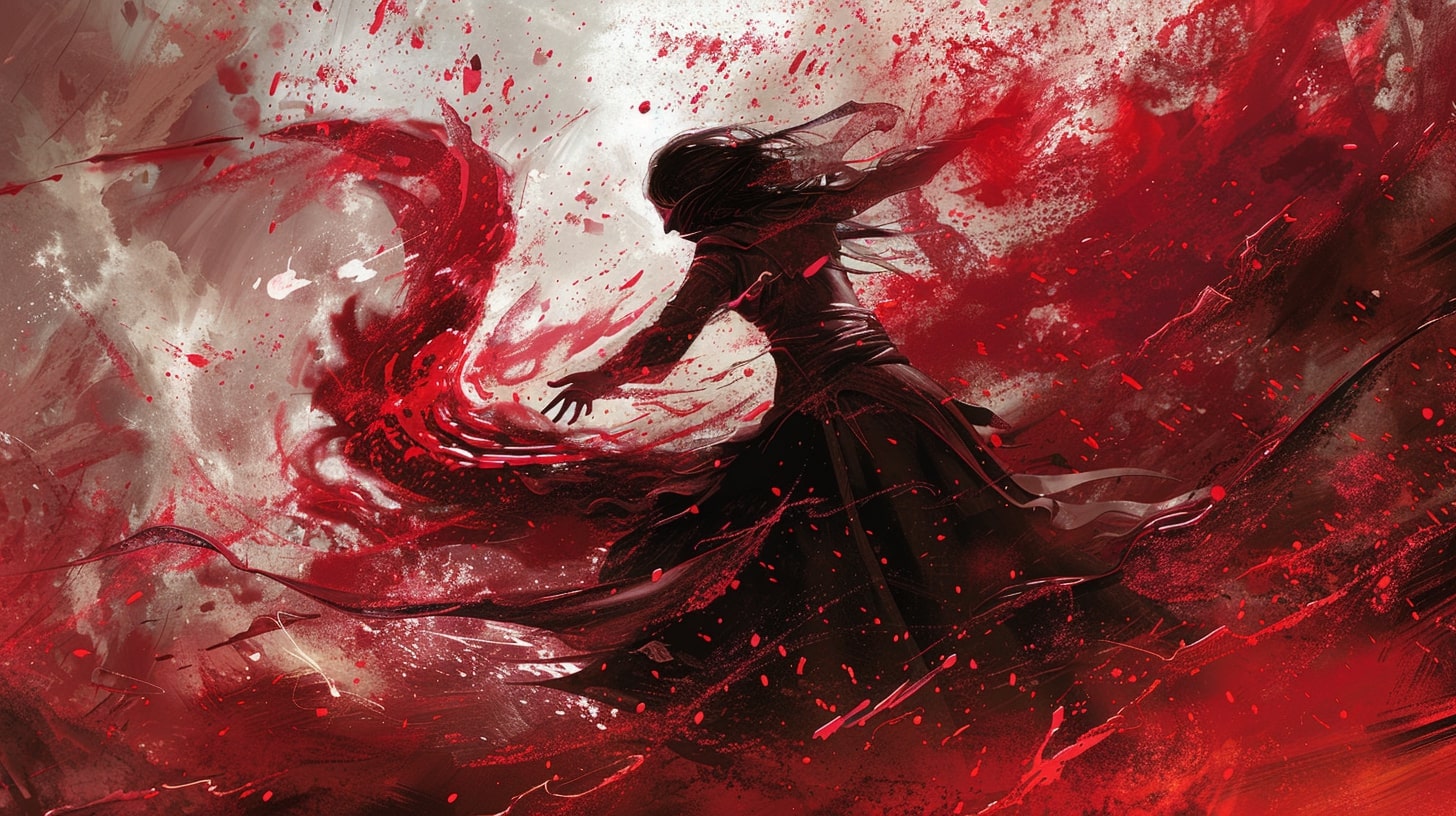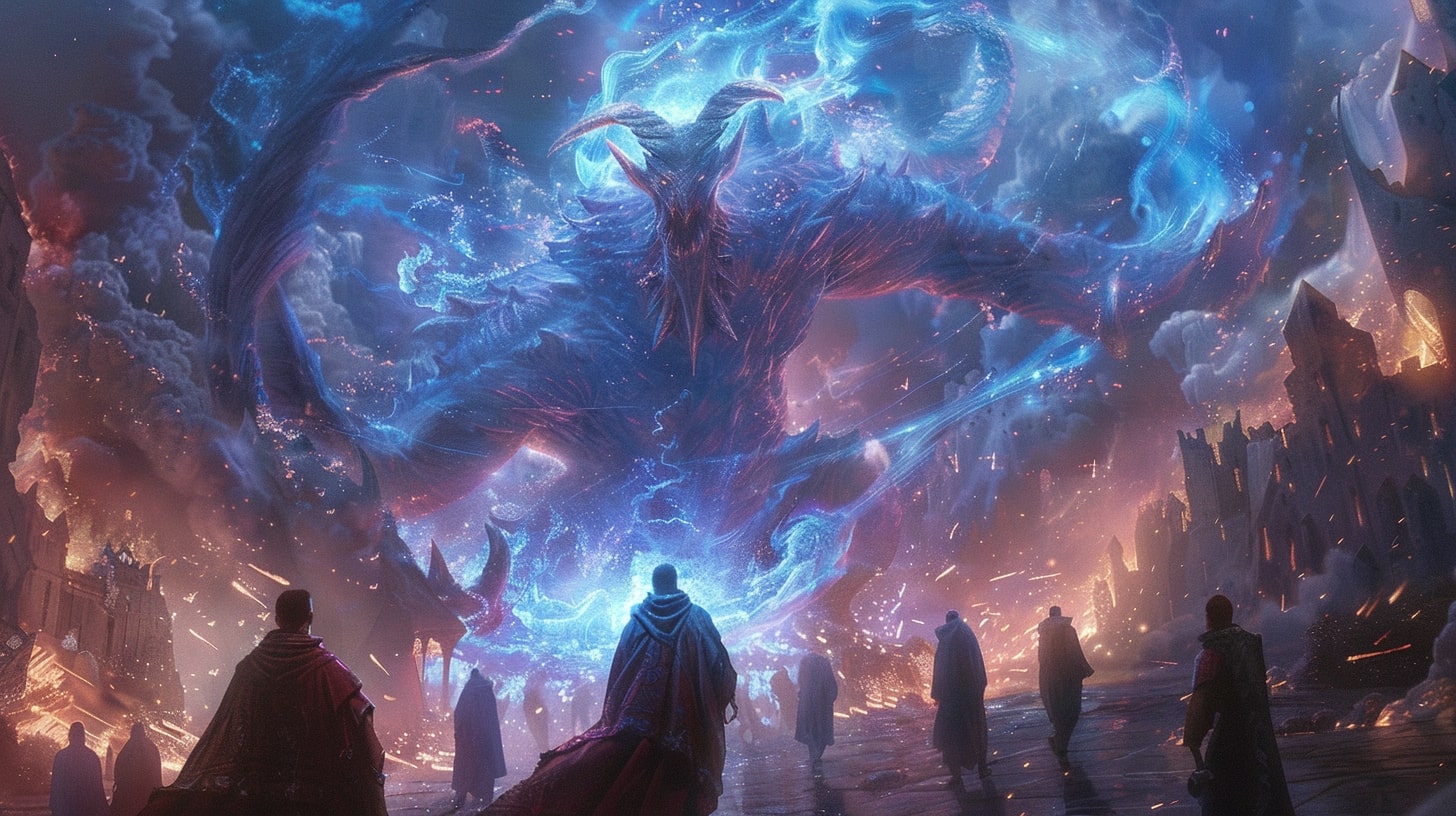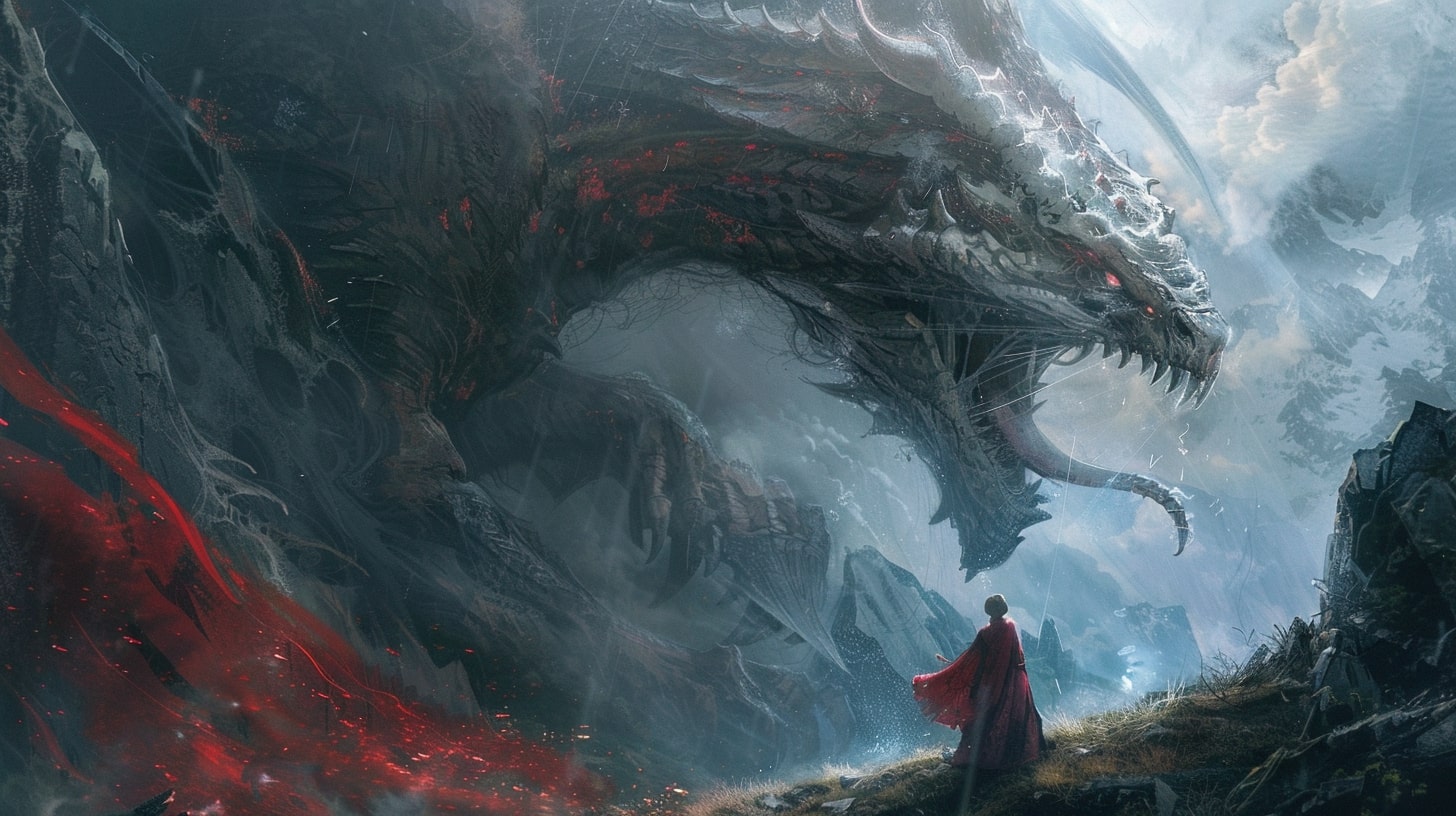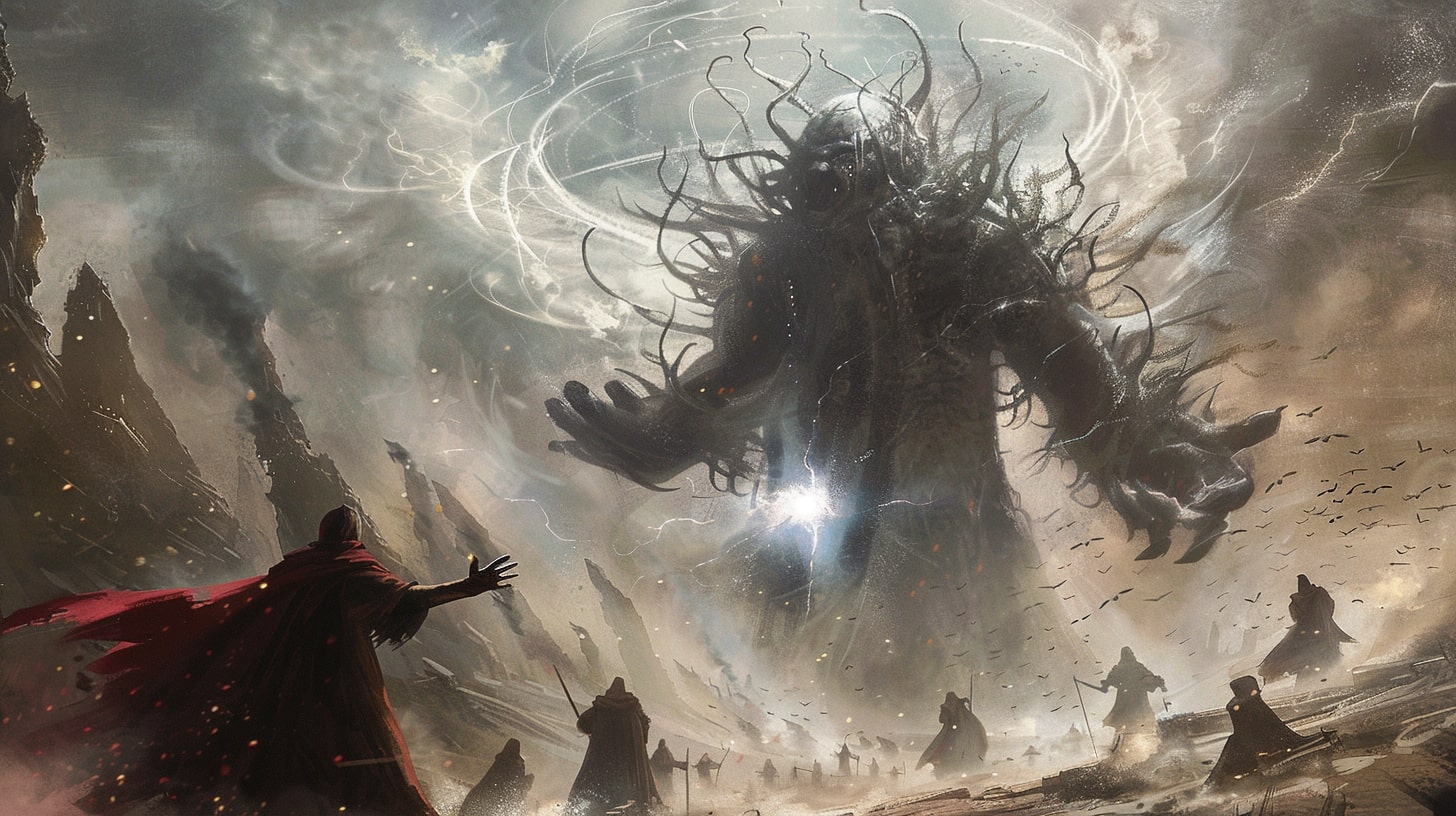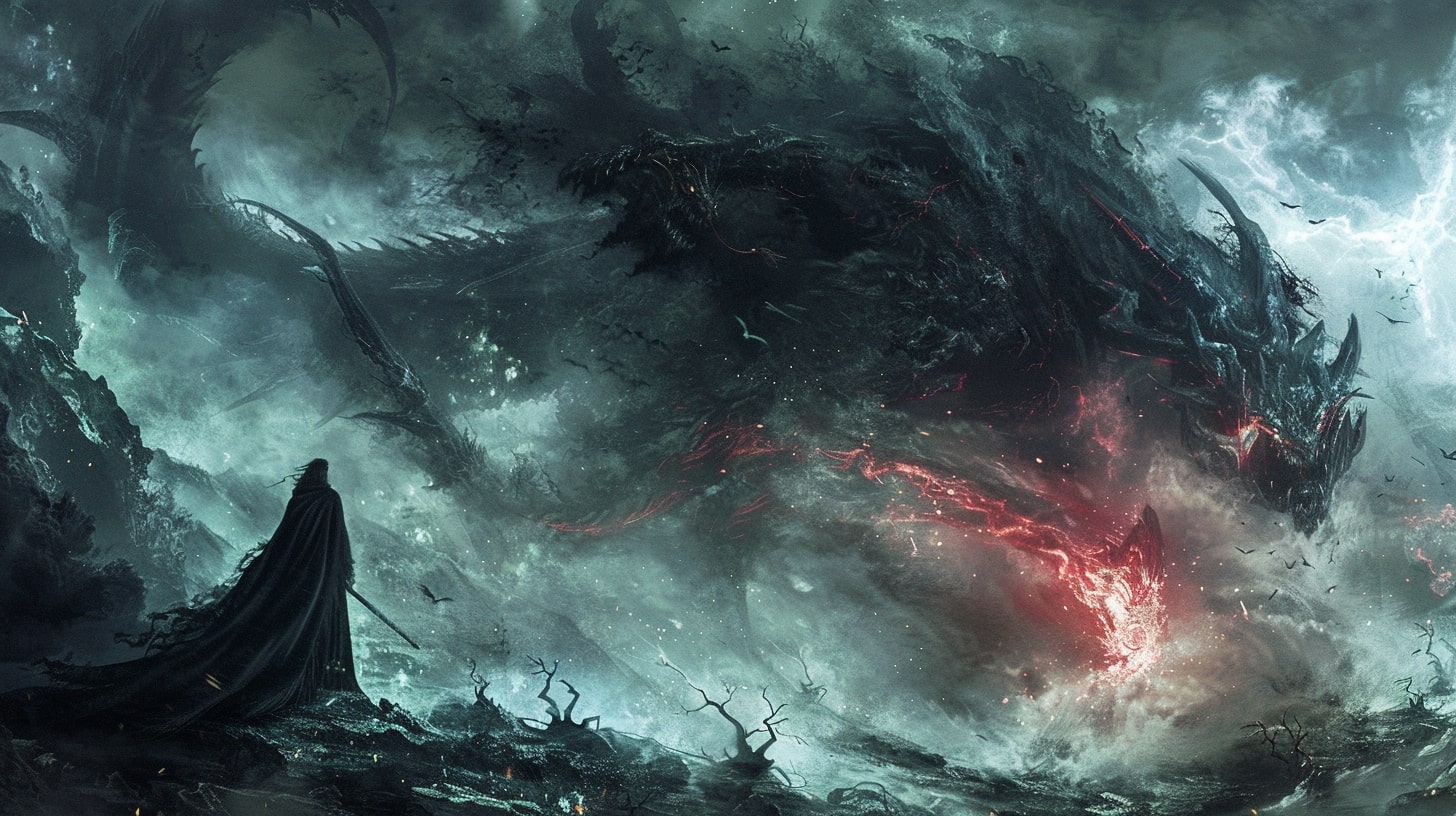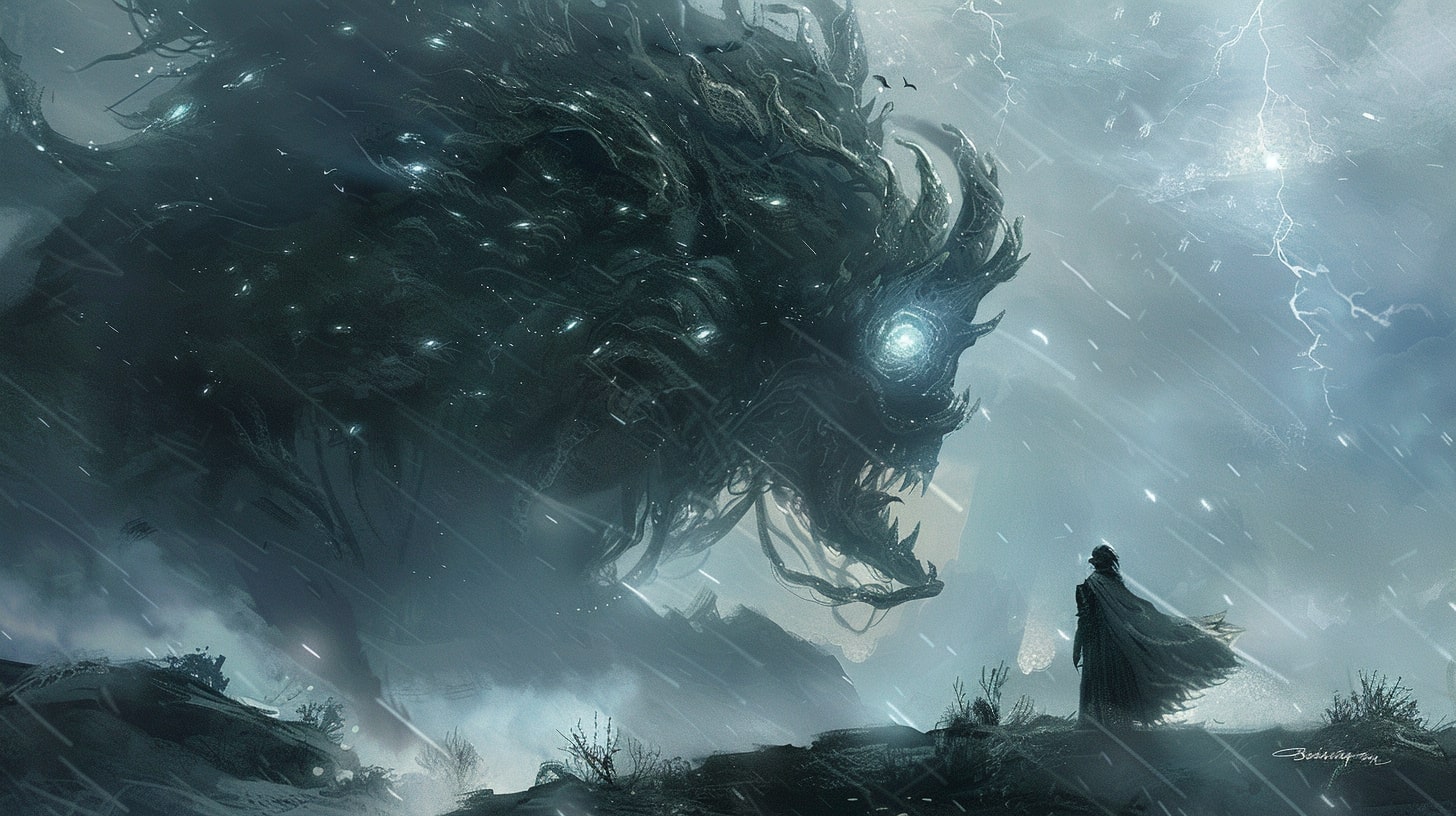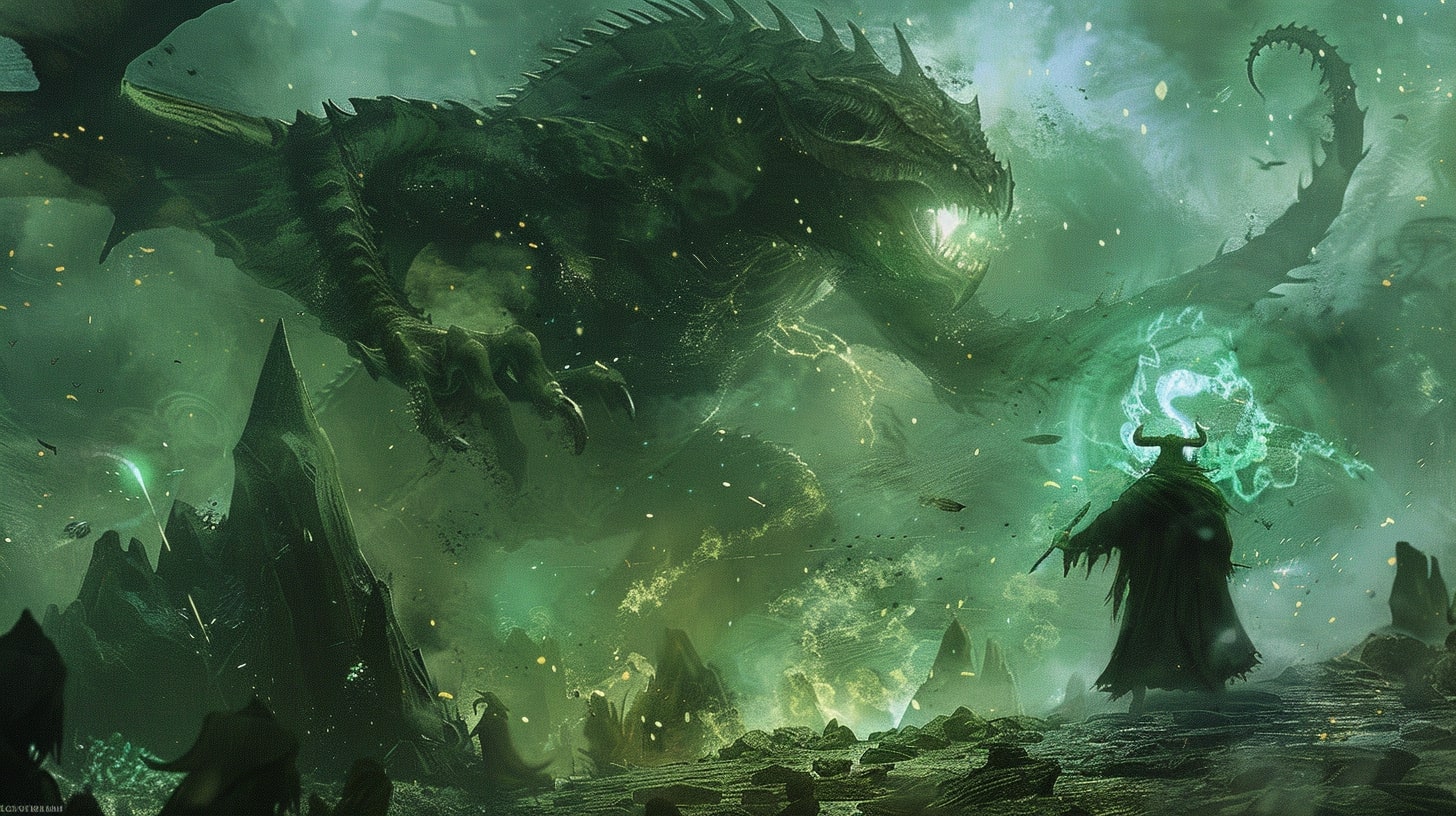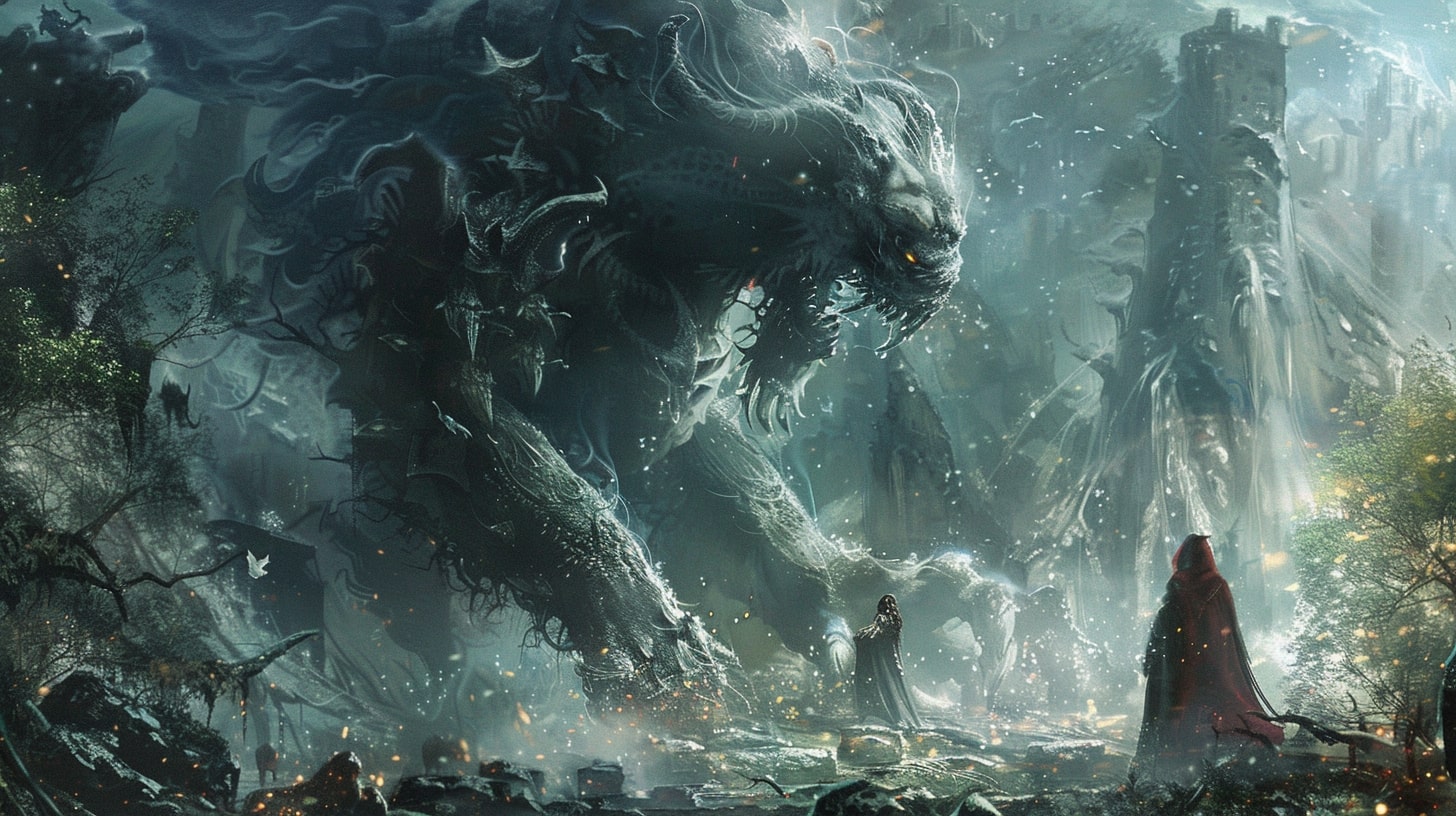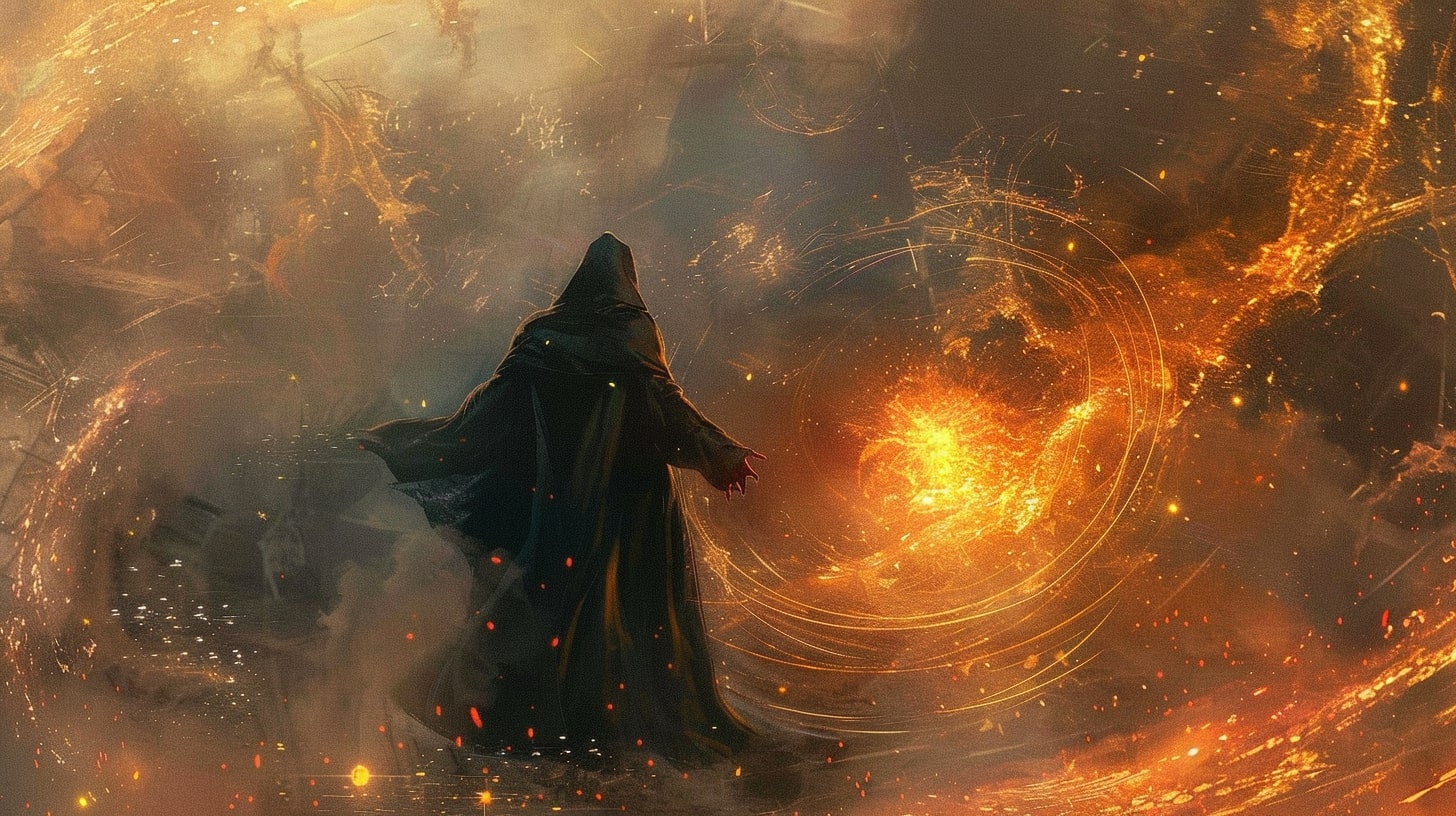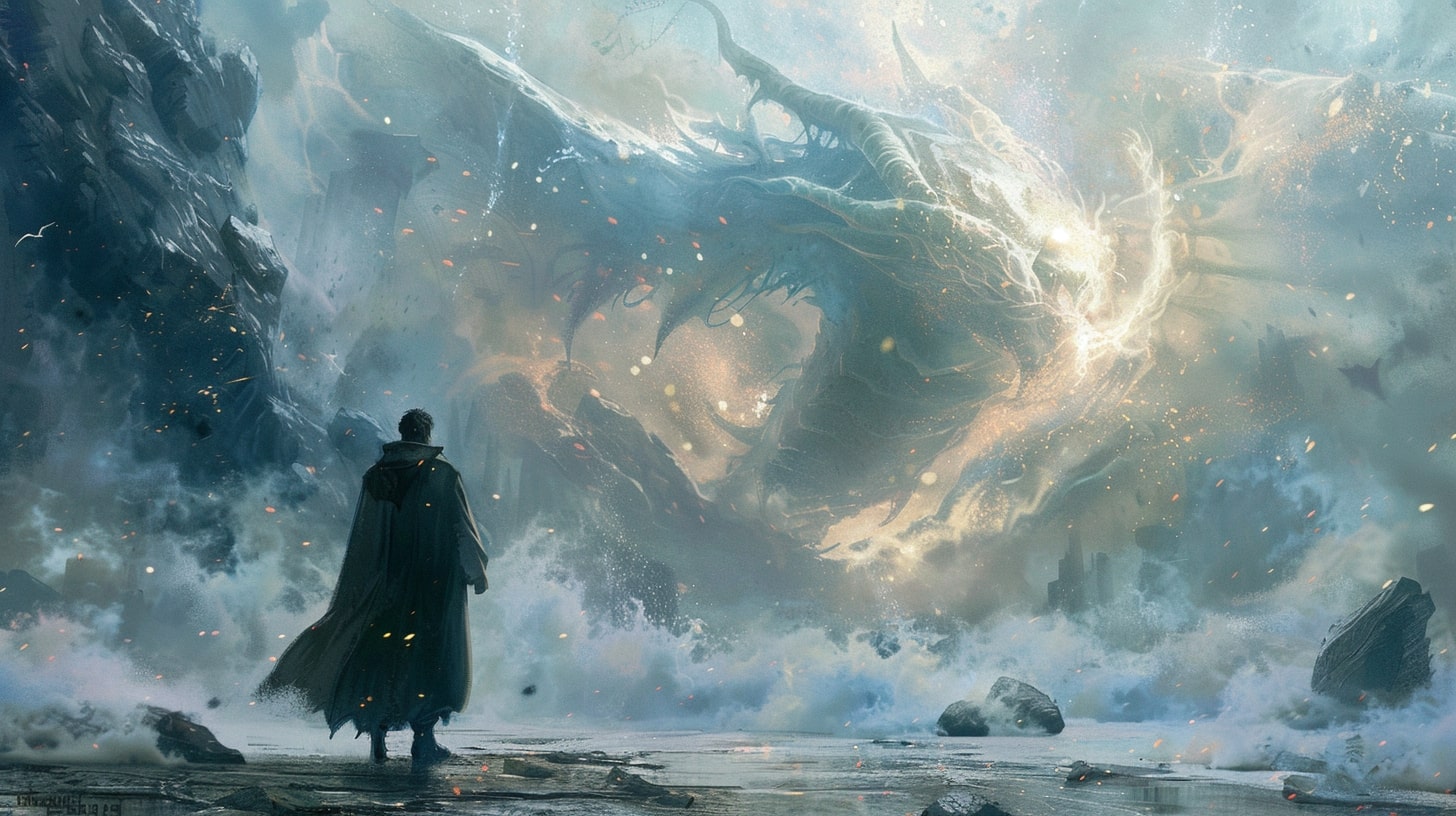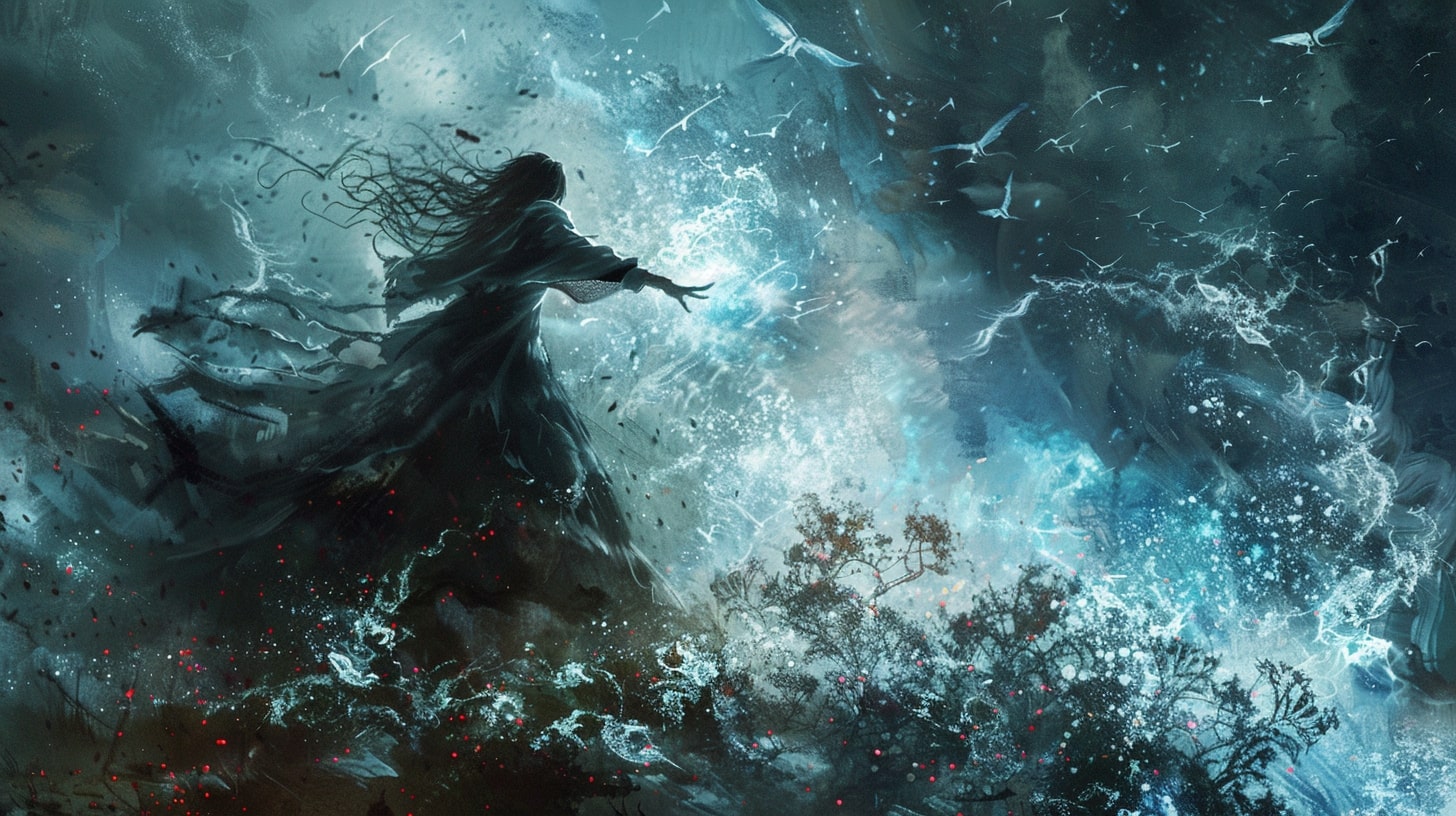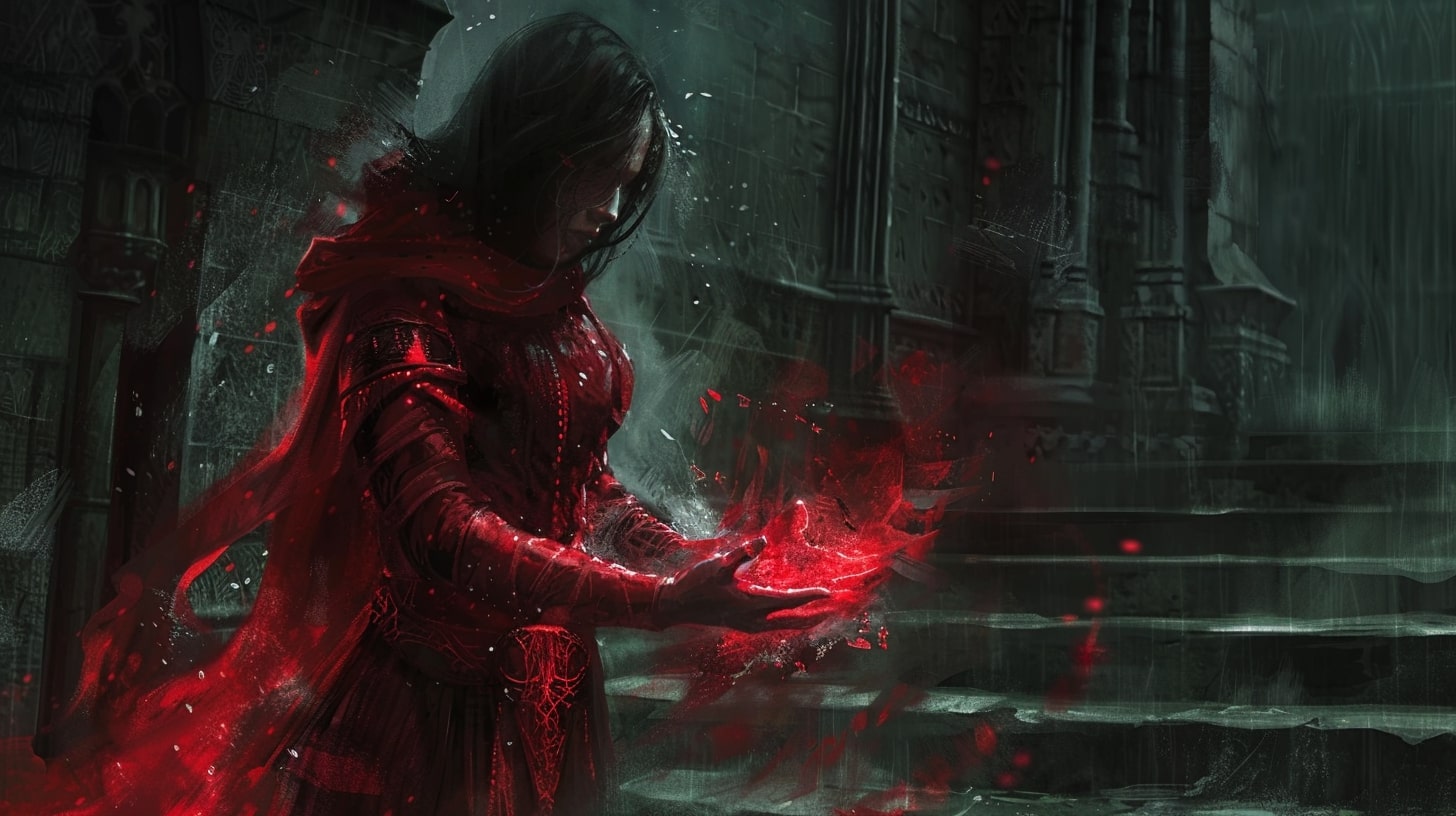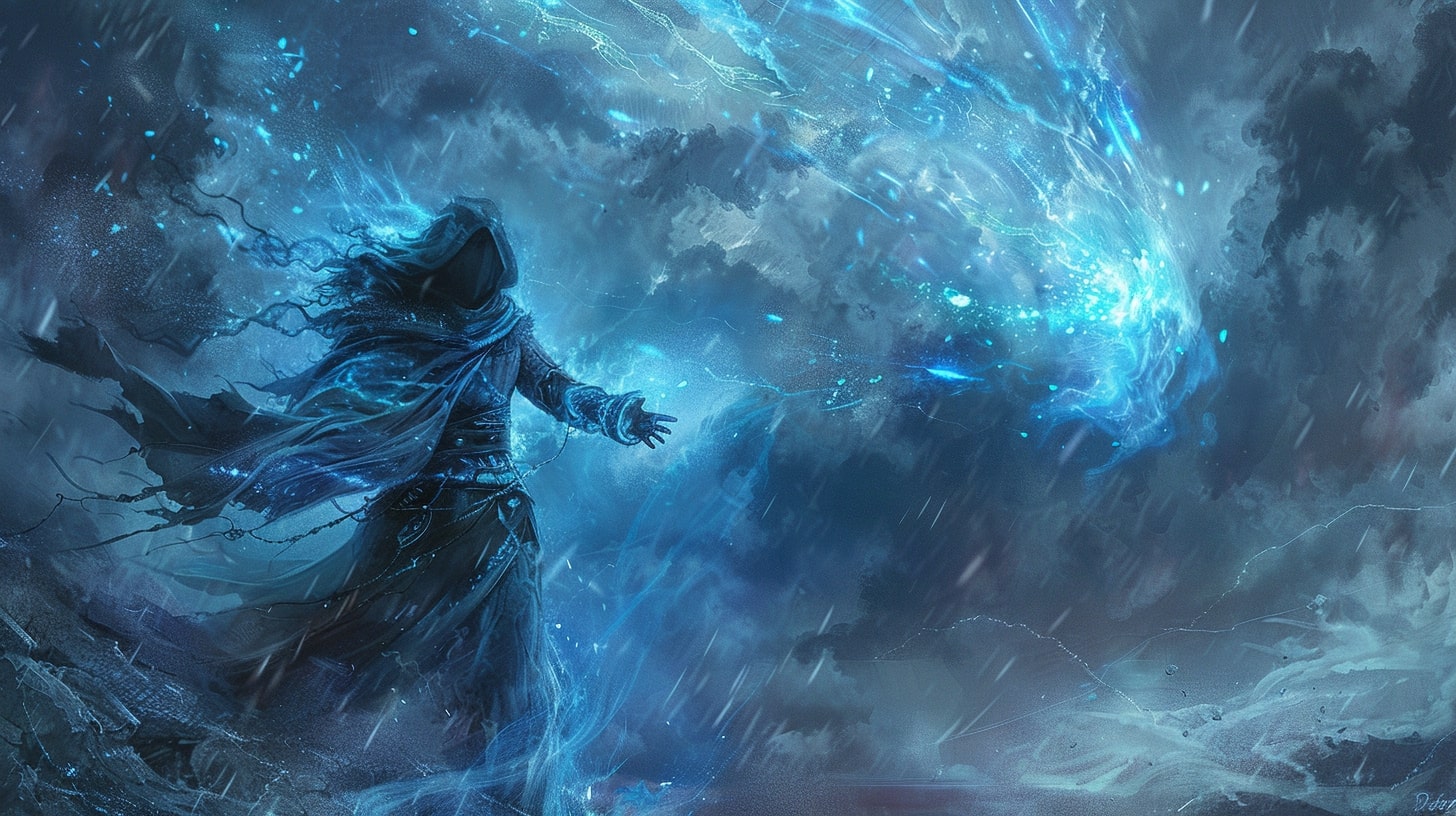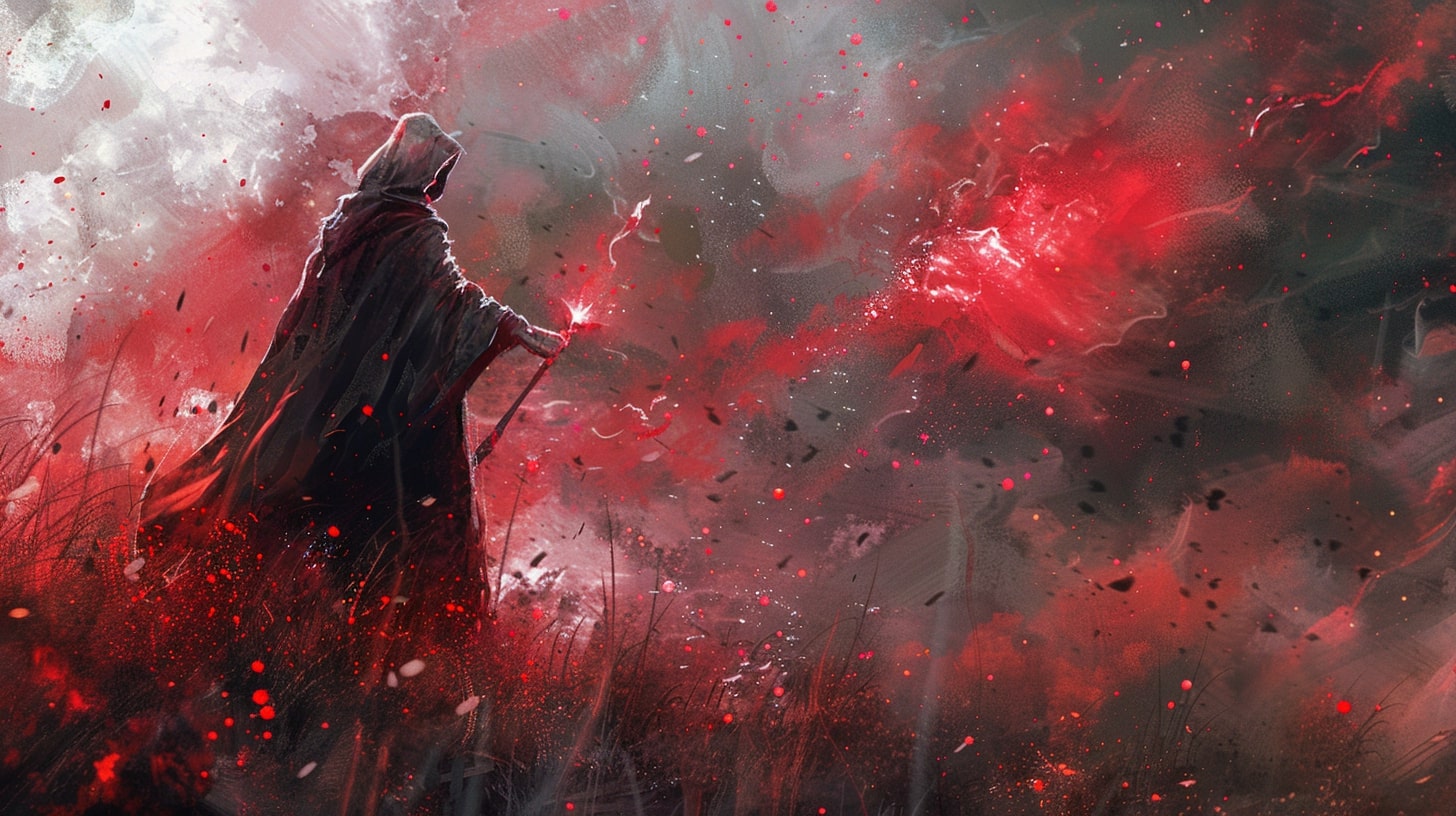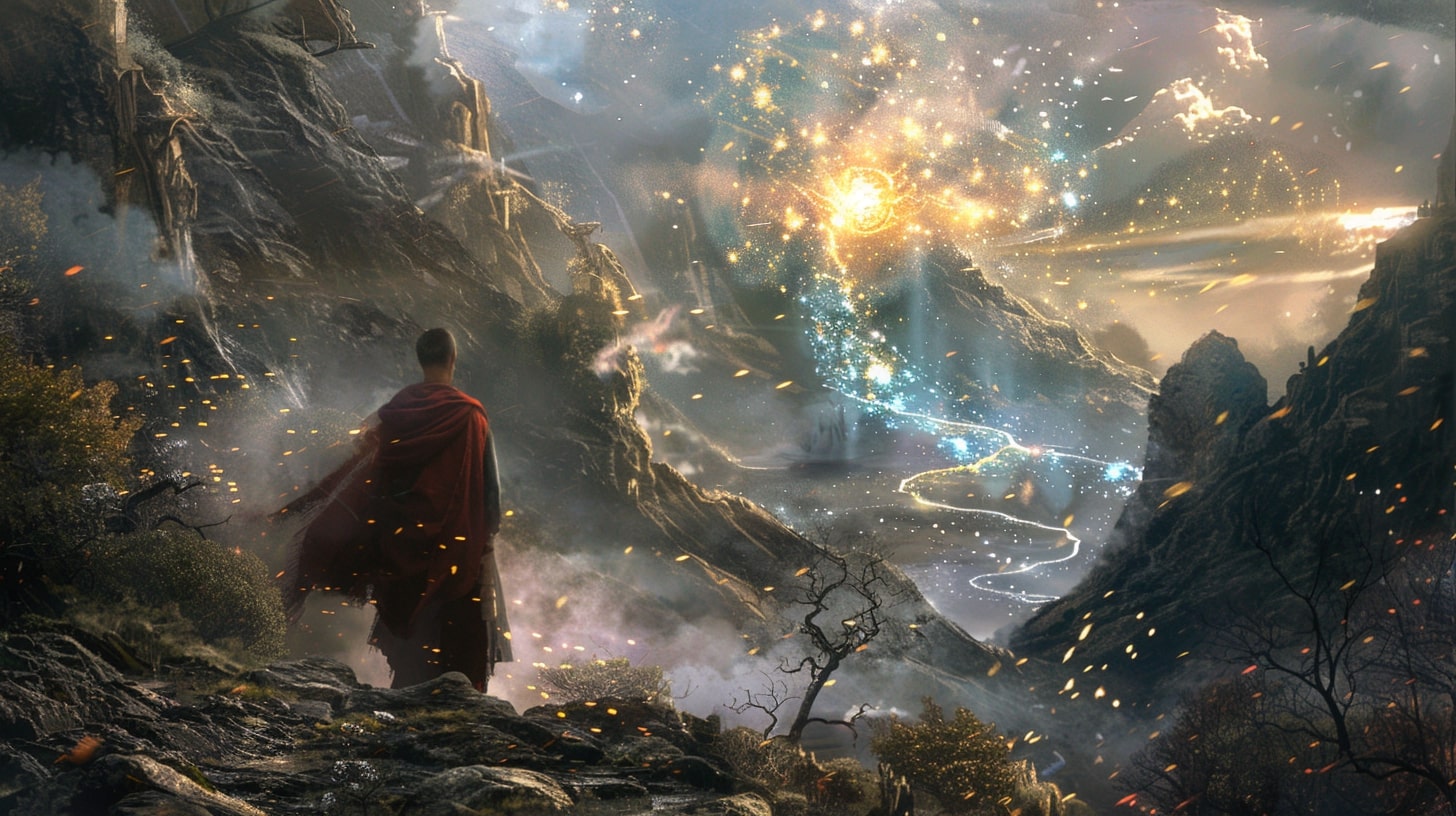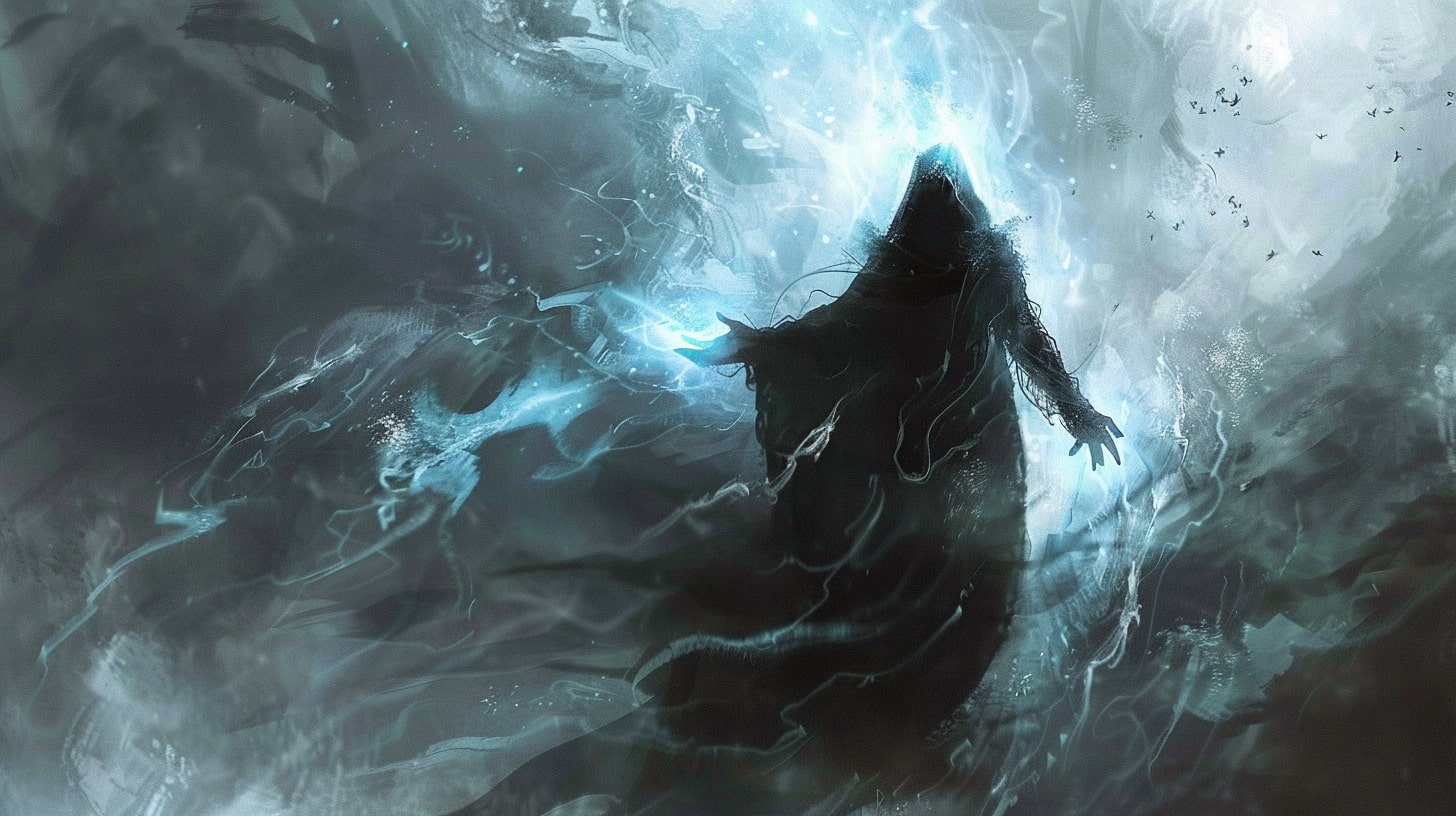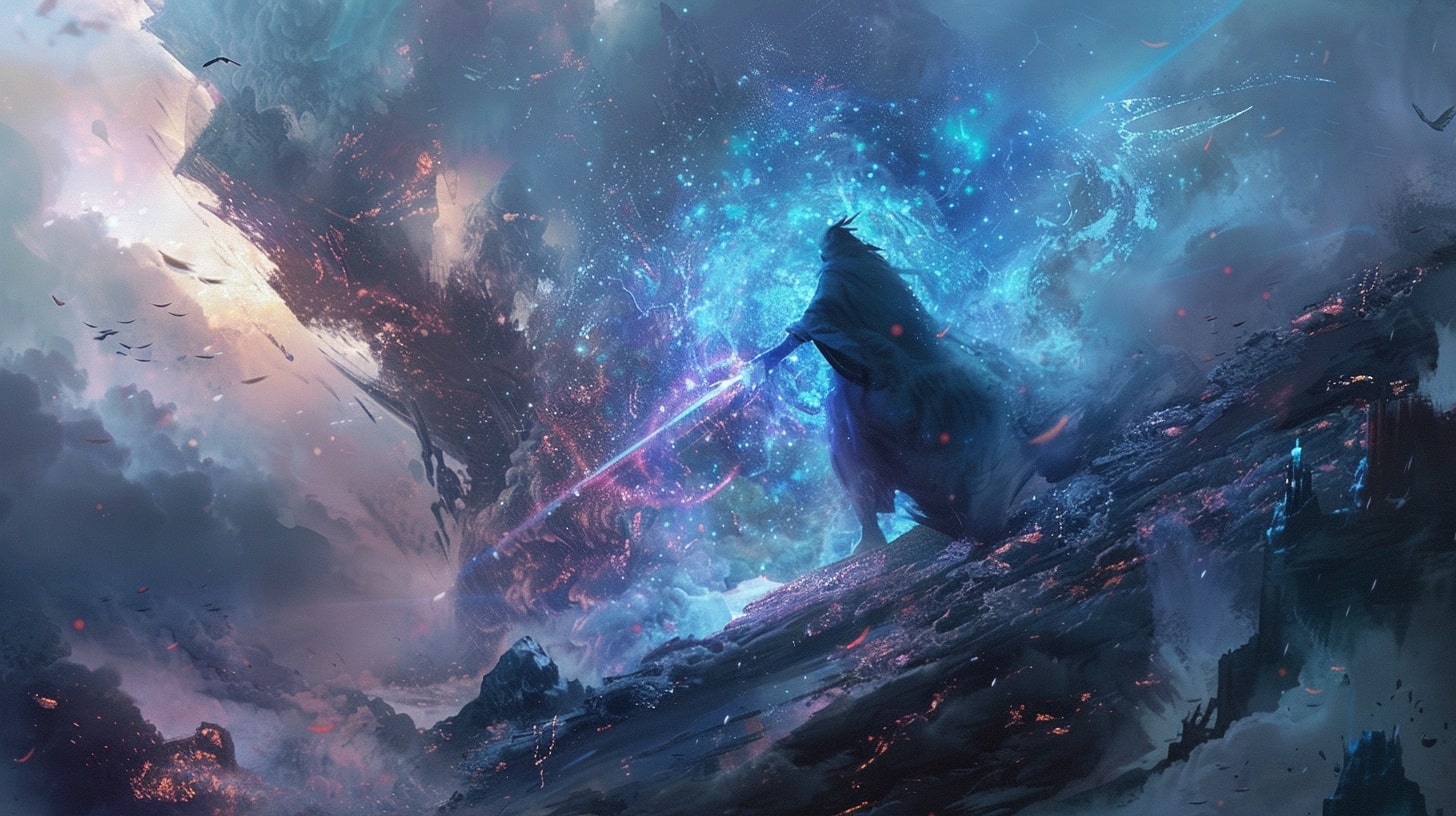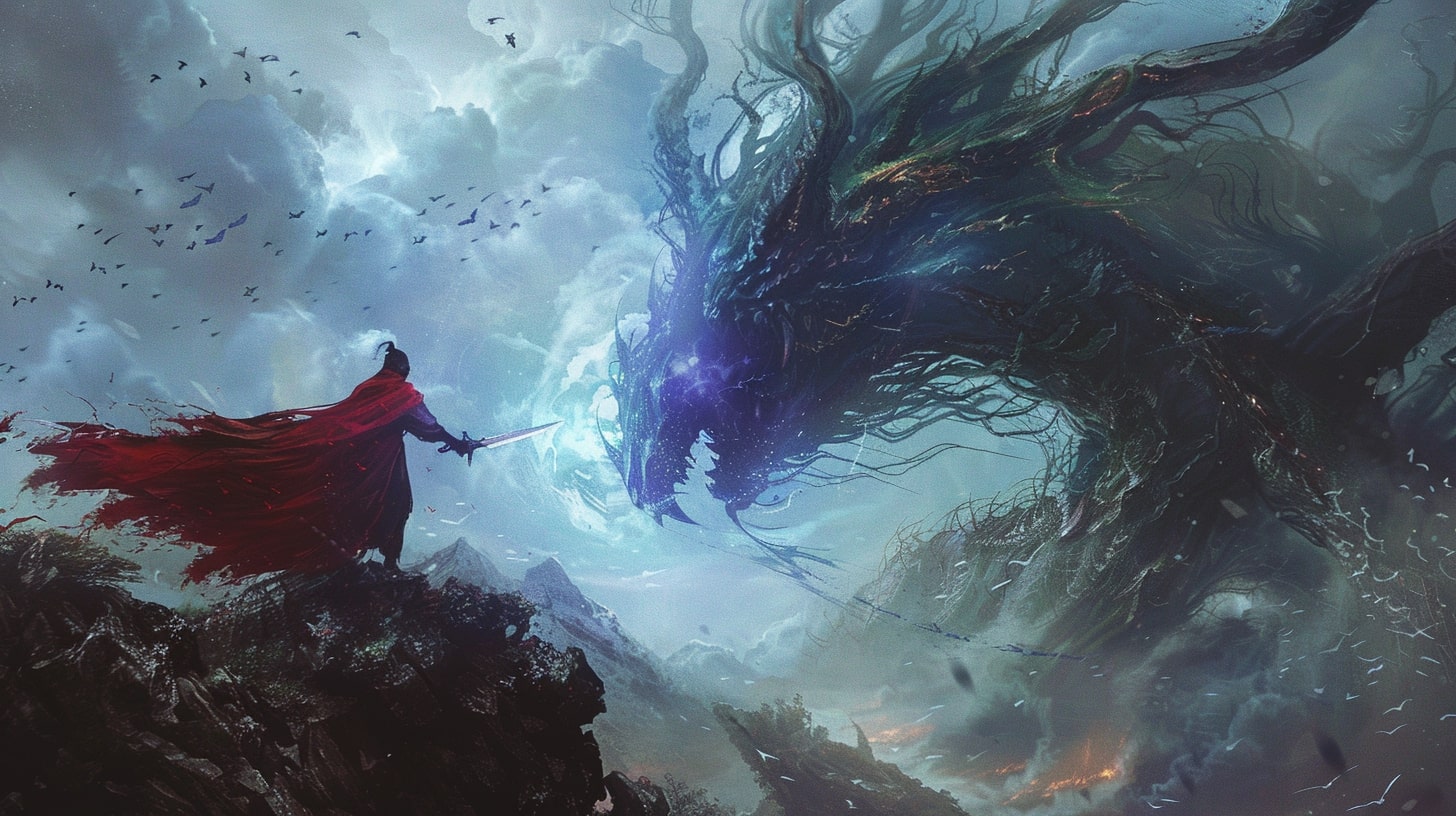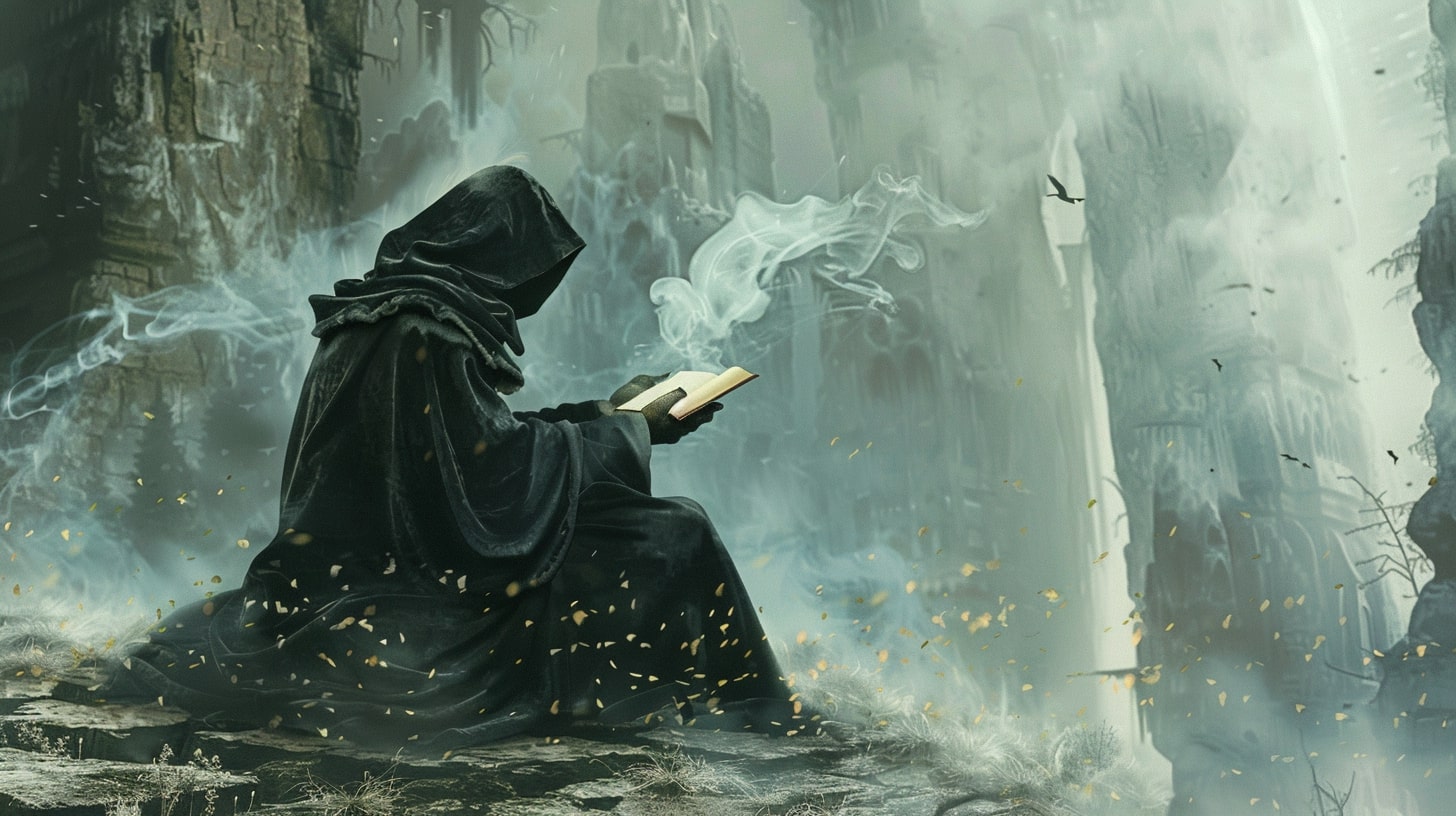Crafting Your Fantasy World
In the realm of fantasy writing, magic often plays a significant role in shaping the world and captivating readers. As a writer, you have the power to create your own unique magic system that adds depth and intrigue to your story.
There are many different magic systems that you can create for your world but in this guide, we are going to talk about the ritualistic magic system.
Let’s explore the role of magic in fantasy and the importance of designing a unique magic system.
The Role of Magic in Fantasy
Magic serves as a fundamental element in many fantasy worlds. It introduces a sense of wonder, allowing characters to possess extraordinary abilities and interact with the supernatural. Whether it’s casting spells, wielding elemental forces, or communing with mystical beings, magic adds an element of excitement and mystery to your story.
Magic in fantasy can be a driving force for conflict, both internal and external. It can be used to shape the destiny of characters, influence the course of events, and create a sense of awe and wonder. By incorporating a well-crafted magic system into your world, you can immerse readers in a rich, fantastical experience.
Importance of Designing a Unique Magic System
Designing a unique magic system is an essential aspect of worldbuilding in fantasy writing. A well-designed magic system adds depth, believability, and consistency to your world. It helps establish the rules and limitations that govern the use of magic, creating a framework for your characters to interact with and explore.
A unique magic system allows you to differentiate your story from others and create a sense of originality. It gives you the opportunity to showcase your creativity and introduce fresh ideas to the genre. By crafting a magic system that is distinct and intriguing, you can captivate readers and keep them invested in your world.
When designing your magic system, consider the source of magical power, the mechanics of how magic is accessed and used, and the potential limitations and consequences that come with wielding it. By establishing these elements, you can create a cohesive and logical system that enhances the overall storytelling experience.
Remember that crafting a unique magic system is not just about the mechanics of how magic works, but also about the cultural and societal impact it has on your world. Consider how different cultures within your world interact with magic and the role it plays in their daily lives. This adds depth and richness to your world, making it feel more immersive and believable.
Designing a unique magic system is an opportunity to unleash your imagination and create a world that is both captivating and memorable. So, delve into the depths of your creativity and let your magic system shine!
In the next sections, we will explore the intricacies of a ritualistic magic system and the key elements that make them unique and fascinating. Get ready to unlock the secrets of rituals, symbols, and incantations as we delve deeper into the magical realms of your fantasy world.
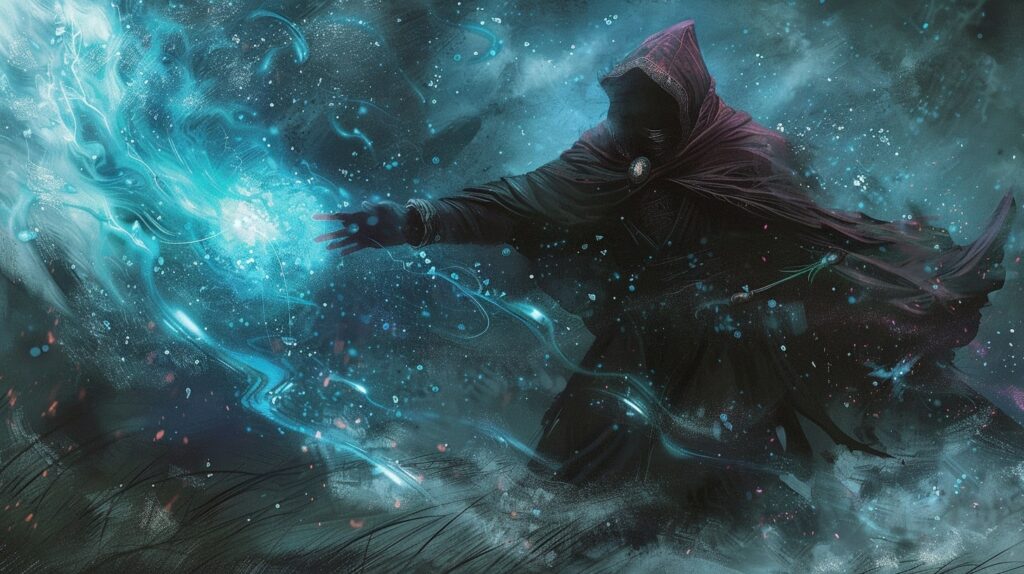
Ritualistic Magic System: The Basics
In the realm of fantasy worldbuilding, ritualistic magic systems offer a captivating and immersive approach to the use of magic. By incorporating rituals, gestures, and incantations, you can create a unique magical experience in your fictional world. Let’s explore the concept of ritualistic magic and the benefits it can bring to your storytelling.
Understanding Ritualistic Magic
Ritualistic magic involves harnessing the power of magic through carefully structured and performed rituals. These rituals often include specific actions, such as symbols and gestures, incantations and chants, and even offerings and sacrifices. The combination of these elements creates a sense of mystique and tradition, adding depth to the magical practices in your world.
By incorporating rituals into your magic system, you can emphasize the ceremonial aspect of magic, making it feel more sacred and powerful. It also provides an opportunity to explore the cultural and historical aspects of your fictional world, as rituals often have deep ties to a society’s traditions and beliefs.
Benefits of Ritualistic Magic Systems
There are several benefits to incorporating ritualistic magic systems into your worldbuilding:
Depth and Immersion: Rituals add depth to your magical system, making it feel more intricate and believable. They create a sense of immersion for both the characters in your story and the readers, as they witness the detailed process of performing magic.
Cultural Significance: Rituals allow you to explore cultural influences within your world. Different cultures may have unique rituals and practices associated with their magical traditions. By incorporating these cultural elements, you can enrich the world and add layers of authenticity to your storytelling.
Emotional Impact: Rituals evoke emotions and create a sense of awe and wonder. The careful preparation and execution of rituals can heighten the dramatic tension in your narrative, leaving a lasting impact on your readers.
Worldbuilding Opportunities: Ritualistic magic systems provide ample opportunities for worldbuilding. You can establish rules and limitations for your magic system, determine the source of power, and design intricate ritual components. These elements contribute to the overall consistency and believability of your magical world.
By understanding the essence of ritualistic magic and harnessing its benefits, you can empower your fantasy world with a unique and captivating magical system. The key is to carefully craft rituals that align with the cultural and historical context of your world, while also considering their impact on the emotions and experiences of your characters. To explore further ideas and concepts for your magic system, check out our article on magic system ideas.

Key Elements of a Ritualistic Magic System
To create a captivating ritualistic magic system in your fantasy world, it’s important to incorporate key elements that bring depth and authenticity to your magical practices. These elements include symbols and gestures, incantations and chants, and offerings and sacrifices.
Symbols and Gestures
Symbols and gestures play a significant role in ritualistic magic systems. They serve as a visual language, conveying meaning and intention to channel magical energies. Symbols can be intricate runes, sigils, or specific hand gestures known as mudras. Each symbol or gesture represents a unique aspect of the magic system, such as elemental forces or celestial entities.
For example, a symbol representing fire may be used to invoke the power of flames, while a mudra indicating a circle might symbolize protection or unity. These symbols and gestures can be incorporated into rituals, spells, and even magical artifacts, enhancing the overall mysticism of your magic system.
Incantations and Chants
Incantations and chants are an integral part of ritualistic magic systems, using spoken or sung words to invoke or direct magical energies. These enchantments often have rhythmic patterns and melodic tones, adding a captivating and enchanting element to the rituals.
Incantations can be recited in ancient languages, adding an air of mystery and tradition, or they can be crafted specifically for your magic system. The words used in incantations hold power, and their pronunciation and intonation may be crucial for successful spellcasting. Incorporating rhymes, repetition, or unique linguistic structures can further enhance the potency of these magical utterances.
Offerings and Sacrifices
Offerings and sacrifices are rituals within themselves, representing a reciprocal relationship between the magic practitioner and the magical forces they seek to harness. These acts can involve presenting items of personal significance, such as herbs, crystals, or precious objects, as gifts to appease or honor the deities or spirits associated with the magic system.
In some cases, sacrifices may be required to access greater magical power. These sacrifices can vary from symbolic offerings, such as a lock of hair or a drop of blood, to more substantial sacrifices, like the life force of a living being. However, it is important to approach the concept of sacrifices with caution and sensitivity, ensuring that it aligns with the tone and themes of your story.
Integrating symbols and gestures, incantations and chants, and offerings and sacrifices into your ritualistic magic system adds depth, richness, and a sense of authenticity to the magical practices within your fantasy world. These elements evoke a sense of awe, mystery, and reverence, captivating both your characters and readers alike.
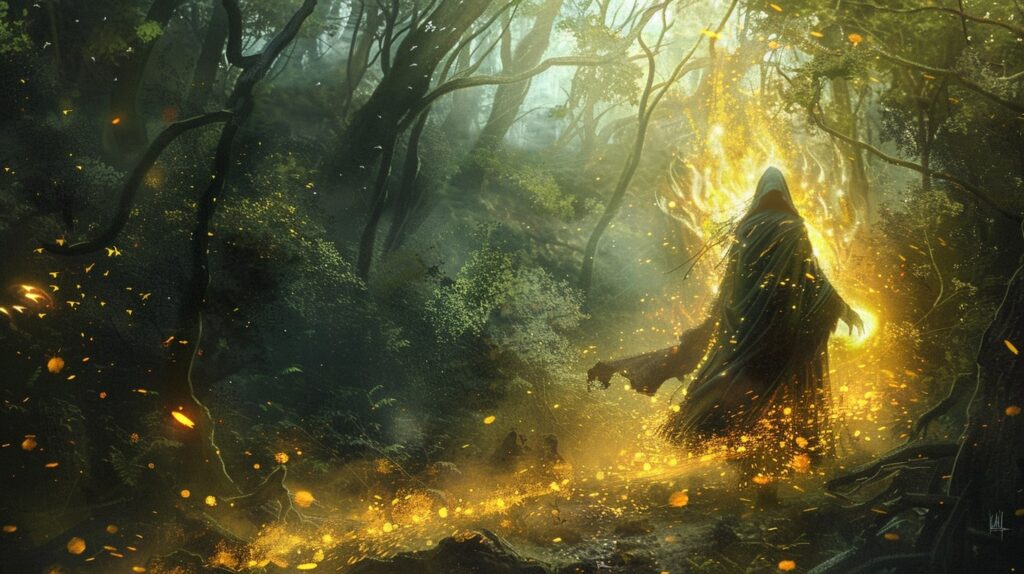
Creating Rituals for Your Magic System
To develop a captivating ritualistic magic system, you need to carefully craft the rituals that define its essence. This section will guide you through the process of creating rituals by establishing rules and limitations, determining the source of power, and designing ritual components.
Establishing Rules and Limitations
When creating rituals for your magic system, it’s essential to establish clear rules and limitations. These restrictions provide structure and balance to your magical world, preventing it from becoming overpowering or inconsistent.
Consider questions like:
- What are the conditions under which the magic can be performed?
- Are there any taboos or forbidden practices associated with the magic?
- Are there limitations on the frequency or duration of magic use?
- What are the consequences of misusing or abusing the magic?
By defining these rules and limitations, you create a sense of realism and believability in your magic system. It also adds depth and complexity, allowing you to explore the implications and consequences of magic within your world. For more ideas on building unique magic systems, check out our article on magic system ideas.
Determining the Source of Power
The source of power for your ritualistic magic system is a fundamental aspect to consider. This source provides the energy and fuel for the magic to manifest. It can range from natural elements like fire, water, or earth, to mystical forces such as divine energy or ancestral spirits.
By determining the source of power, you can add depth and flavor to your magic system. It can also help shape the rituals themselves, as practitioners may need to tap into specific elements or connect with divine entities. The source of power is an integral part of your world’s lore and can greatly impact the dynamics of your story. For more inspiration, explore our articles on elemental magic system and divine magic system.
Designing Ritual Components
The components of your rituals are the building blocks that bring your magic system to life. These components include symbols and gestures, incantations and chants, and offerings and sacrifices. Each element adds depth and meaning to the ritual, connecting the practitioner to the source of power and channeling their intentions.
Symbols and gestures can be intricate hand movements, specific body positions, or the drawing of sigils. They serve as a means to focus the practitioner’s energy and convey their intent to the source of power. Incorporate symbols and gestures that align with the themes and aesthetics of your magic system.
Incantations and chants are spoken or sung words with magical properties. They can be ancient verses, poetic phrases, or unique languages created specifically for your magic system. These verbal components act as a catalyst for the magic, amplifying the practitioner’s intentions and strengthening their connection to the source of power.
Offerings and sacrifices are acts of devotion or exchange made by the practitioner to gain favor with the source of power. These can range from simple offerings of flowers or food to more significant sacrifices of blood or life force. The nature and significance of the offerings depend on the beliefs and traditions within your magic system.
By designing these ritual components, you infuse your magic system with depth and meaning. They provide opportunities for worldbuilding and exploration of cultural practices within your fantasy world. For more ideas on magic system components, check out our article on magic system components.
Remember, the creation of rituals is an art form in itself. Be mindful of the context, traditions, and cultural influences within your world. The rituals should evoke emotions, create atmosphere, and immerse readers into a world of wonder and enchantment.
Layering Complexity in Your Magic System
To create a rich and captivating ritualistic magic system, it’s important to introduce elements that add depth and complexity. This section will explore three key aspects to consider when layering complexity in your magic system: different levels of rituals, ritual mastery and advancement, and interactions with other magic systems.
Different Levels of Rituals
In your magic system, you can introduce different levels of rituals to showcase the progression and growth of magical abilities. These levels can range from novice to expert, each requiring varying degrees of knowledge, skill, and experience. By including different levels, you provide a sense of achievement and a clear path for characters to follow as they delve deeper into the magical arts.
Consider designing rituals that become increasingly intricate and demanding as characters advance. This can include longer incantations, complex symbols, and more intricate gestures. By doing so, you create a sense of wonder and awe as characters unlock higher levels of magical prowess. For inspiration on magic system ideas, check out our article on magic system ideas.
Ritual Mastery and Advancement
Incorporating the concept of ritual mastery and advancement allows characters to continuously grow and develop their magical abilities. As characters progress through different levels of rituals, they gain a deeper understanding of the underlying principles and can perform more intricate and powerful magic.
To emphasize this progression, you can introduce challenges or tests that characters must overcome to reach higher levels of ritual mastery. These challenges could include solving riddles, facing mythical creatures, or mastering complex magical techniques. By tying advancement to these accomplishments, you create a sense of accomplishment and reward for characters’ dedication and growth.
Interactions with Other Magic Systems
In a rich fantasy world, magic systems often coexist alongside one another. By incorporating interactions between different magic systems, you add layers of complexity and intrigue. Characters may encounter individuals who practice different types of magic, and these interactions can lead to unexpected alliances, conflicts, or even the discovery of new magical possibilities.
Consider how rituals from different magic systems can complement or clash with one another. This can create tension and conflict between characters who adhere to different magical traditions. Additionally, exploring the integration of rituals from other systems into your own magic system can lead to the development of hybrid or unique magical practices.
By layering complexity in your magic system through different levels of rituals, ritual mastery and advancement, and interactions with other magic systems, you create a dynamic and immersive world for your readers to explore. Remember to stay true to the rules and limitations you establish within your magic system, while also leaving room for wonder, discovery, and the unexpected. For more guidance on magic system design, check out our article on magic system design.
Evoking Emotions and Atmosphere
To create a captivating and immersive ritualistic magic system in your fantasy world, it’s essential to focus on evoking emotions and setting the right atmosphere. This section will explore three key aspects: setting the tone for rituals, incorporating cultural influences, and emphasizing the sacred and mystical.
Setting the Tone for Rituals
Rituals within your magic system should have a distinct tone that aligns with the overall atmosphere of your fantasy world. Consider the purpose and significance of each ritual and how it fits into the larger narrative. Is it a solemn and reverent occasion or a joyous celebration? The tone you set will influence the emotions and reactions of your characters and readers.
To set the tone for rituals, pay attention to the details. Describe the surroundings, the lighting, the sounds, and the scents in vivid detail. Use sensory language to transport your readers into the ritual space, allowing them to experience the atmosphere firsthand. By engaging multiple senses, you can create a more immersive and memorable experience.
Incorporating Cultural Influences
Cultural influences play a significant role in shaping rituals and adding depth to your magic system. Consider the diverse traditions, beliefs, and customs of the cultures within your fantasy world. Draw inspiration from real-world cultures or create unique cultural elements that reflect the values and history of your fictional societies.
Incorporating cultural influences into your rituals can include elements such as traditional attire, music, dance, and specific objects or artifacts. These cultural nuances add richness and authenticity to your magic system, making it feel more grounded and believable. By weaving these elements into your rituals, you can create a sense of cultural identity and provide your readers with a deeper understanding of your fantasy world.
Emphasizing the Sacred and Mystical
Ritualistic magic systems often revolve around the sacred and mystical aspects of your fantasy world. These rituals are imbued with a sense of awe, reverence, and mystery. Emphasize the sacredness of the rituals by portraying them as ancient and deeply ingrained in the fabric of your world.
To enhance the mystical atmosphere, consider incorporating special locations or structures dedicated to these rituals. These could be hidden temples, ancient ruins, or natural landmarks that hold spiritual significance. The use of symbolic objects, unique spell components, and ancient languages can further emphasize the mystical nature of your magic system.
By evoking emotions, incorporating cultural influences, and emphasizing the sacred and mystical, you can breathe life into your ritualistic magic system. These elements help create a sense of wonder and immerse your readers in a world where magic is an integral part of everyday life. Remember to stay consistent with the established rules and lore of your magic system to maintain its integrity and enhance the overall storytelling experience.


